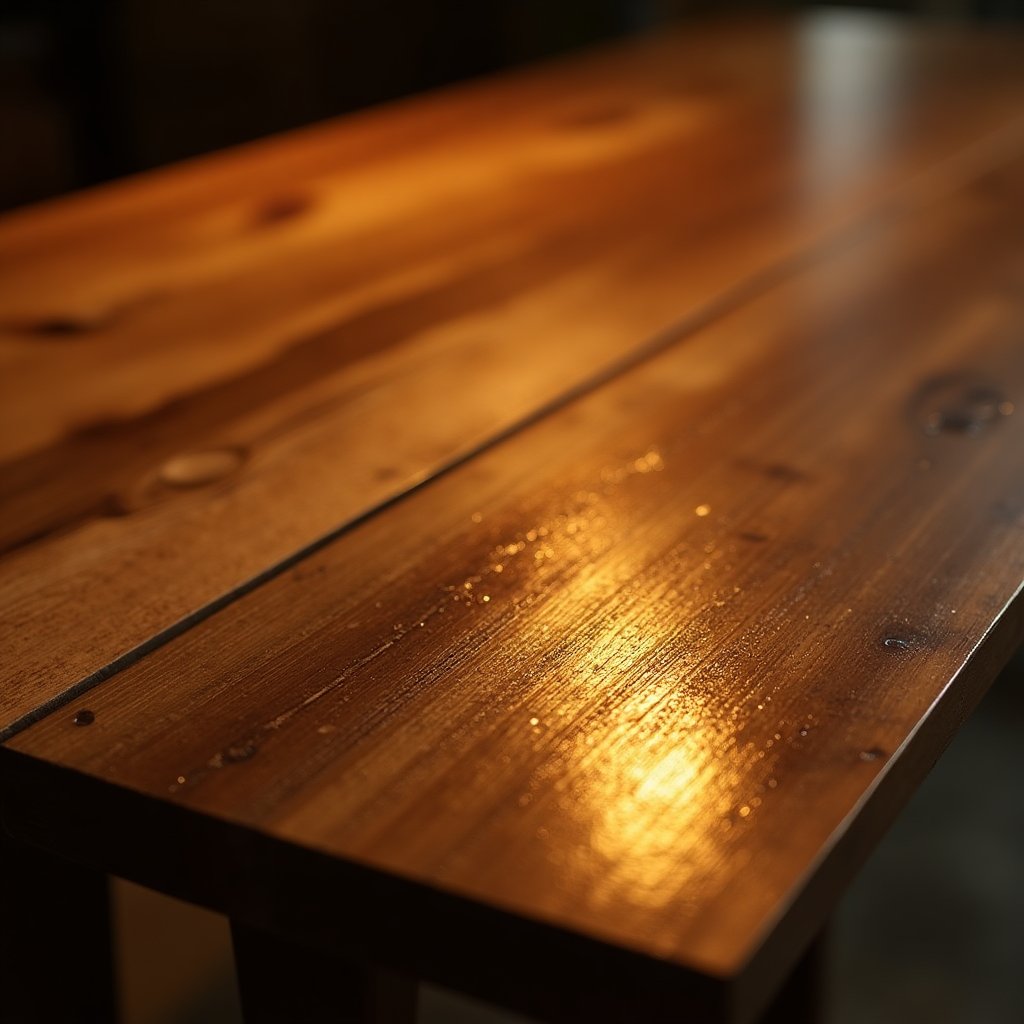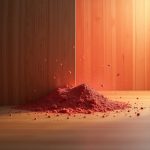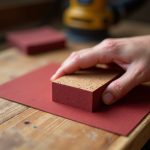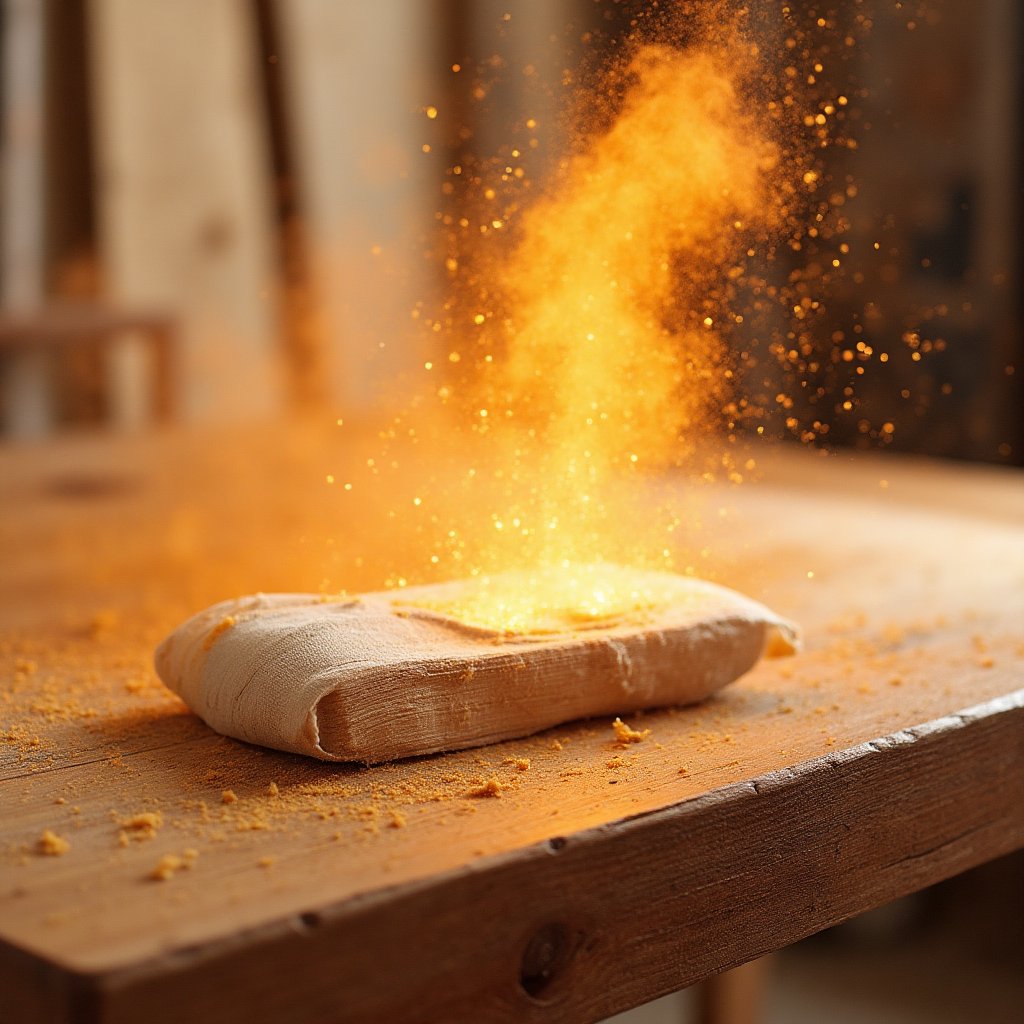You became part of the iNthacity community and got the nickname of "Professor Woodchips" since you were famous for giving away free wood chips to neighbours and local charities. Please use your expertise and love for woodworking to teach and inspire folks.
Why Traditional Oil-Based Finishes Are Becoming a Thing of the Past
Woodworkers, we’ve got a problem. And it’s not just a small hiccup—it’s a full-blown crisis. More and more places are clamping down on the oil-based finishes we’ve relied on for decades. Why? Those finishes contain VOCs (volatile organic compounds), which are harmful to the environment and our health. Think of VOCs as the dark cloud looming over your woodworking paradise. States like California, Michigan, Ohio, and even entire countries like Canada are cracking down on these finishes. Even mineral spirits, a staple in woodworking, is on the chopping block. If you’re thinking, “This doesn’t affect me,” think again. This issue is spreading faster than sawdust in a workshop.
Enter Clean Armor: The Game-Changer You Didn’t Know You Needed
Now, let’s talk about the hero of this story: Clean Armor. Developed by entrepreneur Matthew Springer and sold by the Canadian-based company My Woodcutters, this finish is nothing short of revolutionary. James Hamilton of Stumpy Nubs calls it the “Holy Grail of wood finishes,” and for good reason. Let’s break it down.
What Makes Clean Armor So Special?
- Fast Curing: Two minutes. Yes, you read that right. Two minutes to fully cure. No more waiting overnight or dealing with dust settling on your project.
- Zero VOCs: Safe to use indoors without a respirator. No harmful fumes, no complaints about the smell.
- Durability: This stuff is tough. It can withstand acetone, lacquer thinner, alcohol, and water. Try that with polyurethane.
- self-leveling: Easy to apply with a cloth, brush, or spray. No streaks, no mess.
James Hamilton, in his video, demonstrates how Clean Armor can transform your woodworking projects. He starts with a gloss finish and moves on to satin, showing just how versatile this product is. Whether you’re working on furniture, countertops, or outdoor projects, Clean Armor has you covered.
How to Apply Clean Armor Like a Pro
Applying Clean Armor is as easy as pie. Here’s a step-by-step guide:
- First Coat: Apply it generously and let it soak in for a couple of minutes. Wipe off the excess.
- UV Cure: Use a handheld UV light to cure the finish. This step takes just two minutes.
- Second Coat: Apply a thinner coat and repeat the curing process.
- Final Touch: Two to three coats are usually enough for a flawless finish.
James even suggests using handheld UV lights for small projects or hard-to-reach areas. For larger projects, consider ceiling-mounted UV lights for a more professional setup.
Think About It: What’s Your Time Worth?
Let’s do a quick math problem. If you’re using polyurethane, you’re spending hours, if not days, waiting for it to cure. With Clean Armor, you can finish a project in under ten minutes. Factor in the time saved on sanding between coats, and the cost of Clean Armor suddenly seems like a bargain.
The Bigger Picture: Why This Matters
Clean Armor isn’t just another finish; it’s a paradigm shift. It challenges the conventional thinking that woodworking has to be messy, time-consuming, and harmful to the environment. It’s a finish that aligns with the values of modern woodworkers who care about safety, sustainability, and efficiency.
Moreover, Clean Armor is a boon for small businesses. By supporting companies like My Woodcutters, you’re investing in innovation and entrepreneurship. As James Hamilton rightly points out, we should do whatever we can to help small businesses with great ideas.
Final Thoughts: Is Clean Armor Worth the Investment?
At first glance, Clean Armor may seem expensive. But when you consider its benefits—speed, safety, durability, and ease of use—it’s a no-brainer. Whether you’re a professional woodworker or a weekend DIYer, this finish can save you time, hassle, and peace of mind.
So, what’s your next move? Will you stick with traditional finishes, or are you ready to embrace the future of woodworking? The choice is yours.
Join the iNthacity Community
Don’t forget to become part of the iNthacity community. Share your thoughts in the comments, like, share, and participate in the debate. Let’s build the “Shining City on the Web” together.
Questions to Ponder
- What’s your biggest challenge with woodworking finishes?
- Have you tried Clean Armor? What was your experience?
- How do you balance cost and quality in your woodworking projects?
Leave your answers in the comments below. Let’s start a conversation that could change the way we approach woodworking forever.
Wait! There's more...check out our gripping short story that continues the journey: The Shining City on the Web
Disclaimer: This article may contain affiliate links. If you click on these links and make a purchase, we may receive a commission at no additional cost to you. Our recommendations and reviews are always independent and objective, aiming to provide you with the best information and resources.
Get Exclusive Stories, Photos, Art & Offers - Subscribe Today!

![hqdefault Experience the Revolutionary 2-Minute Wood Finish by [Brand Name] – Like Nothing You've Ever Seen!](https://i.ytimg.com/vi/HiJdtJeO0JQ/hqdefault.jpg)
![story_1737431446_file Experience the Revolutionary 2-Minute Wood Finish by [Brand Name] – Like Nothing You've Ever Seen!](https://www.inthacity.com/blog/wp-content/uploads/2025/01/story_1737431446_file.jpeg)























Post Comment
You must be logged in to post a comment.